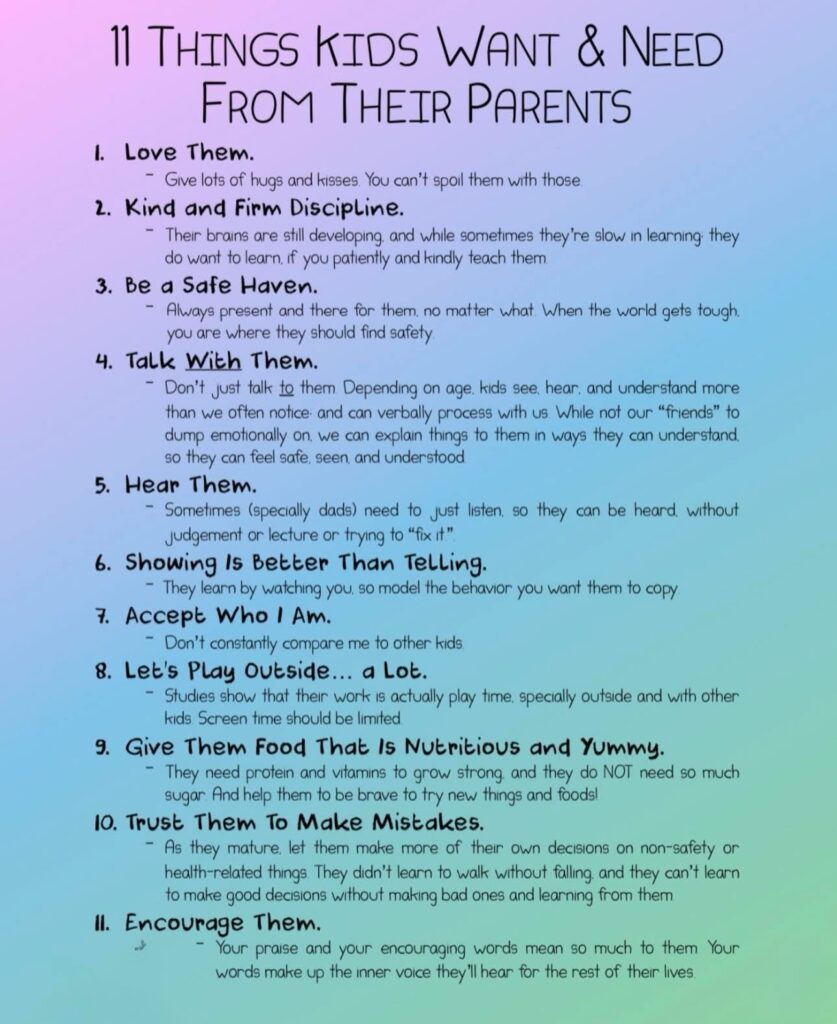
Why Emotional Needs of a Child Matter So Much
From the moment they’re born, kids are wired to connect—not just physically, but emotionally. Meeting their emotional needs gives them stability and boosts healthy brain development. Studies show that secure attachments in early years help kids manage stress and form trusting relationships later on. When our kids feel loved and guided, they develop that inner sense of worth and balance that anchors them through life’s ups and downs.
Love Them with Your Words and Hugs
We all know kids love affection—yet sometimes it feels silly to offer endless hugs. I used to worry about “spoiling” my toddlers until I learned this: you cannot spoil a child with love. Genuine affection fosters emotional safety. A simple cuddle during a fussy moment or describing their artwork with “That looks joyful” builds more confidence than any reward jar ever could.
This reminded me of when I helped my son through bedtime fear by reading him two extra stories and showering him with reassuring words. I saw how love—shown consistently—dissolves anxiety and powers up emotional resilience. This works just as powerfully as our tips on supporting kids with big feelings after school.
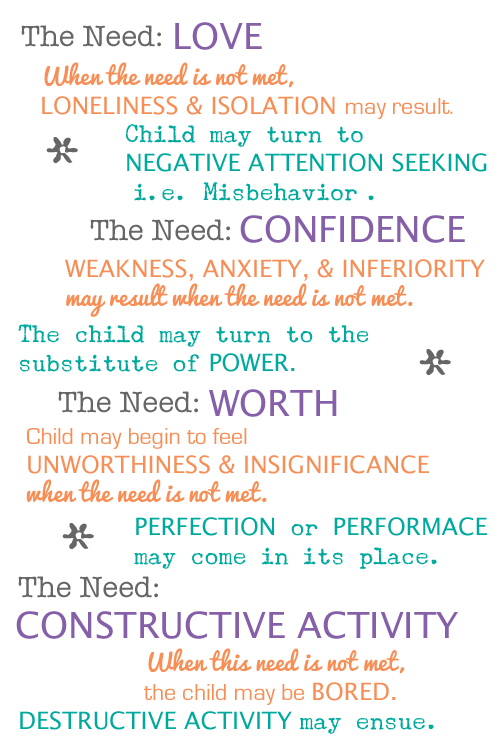
Kind and Firm Discipline Helps Them Learn
There’s no emotional security in shouting or chaos—it clouds their brain development. But discipline with kindness and consistency? That creates structure and trust. We follow the idea of being firm but fair, and never punishing when emotions are high.
For example, when my daughter hit her brother in frustration, instead of yelling, I said, “You’re angry—let’s use gentle hands.” That short moment of empathy and firmness taught her boundaries with respect, not fear. These are small moments of caring discipline that help meet the psychological needs of a child—they know their feelings matter and actions have clear consequences.
And yes, pairing this with routines like our daily chore chart helps them predict what comes next, easing anxiety and building trust.
Be Their Safe Haven Through It All
Children need a home base—a place they always belong, no matter what. This means being emotionally available throughout ups and downs. Even when they act out or fade into sadness, your calm presence is the anchor they need.
When my oldest fell hard and scraped his knee, I knelt beside him, let him sob, and stayed until he felt safe again. That moment of pause and attention soothed his emotional brain more than rushing to dry the tears. And it ties into managing sibling conflicts compassionately, like we address with gentle guidance strategies for kids who throw things.
Kids don’t need perfect parents. They just need someone who stays. And that’s what helps them meet the deeper emotional needs of a child—feeling seen, heard, and safe.
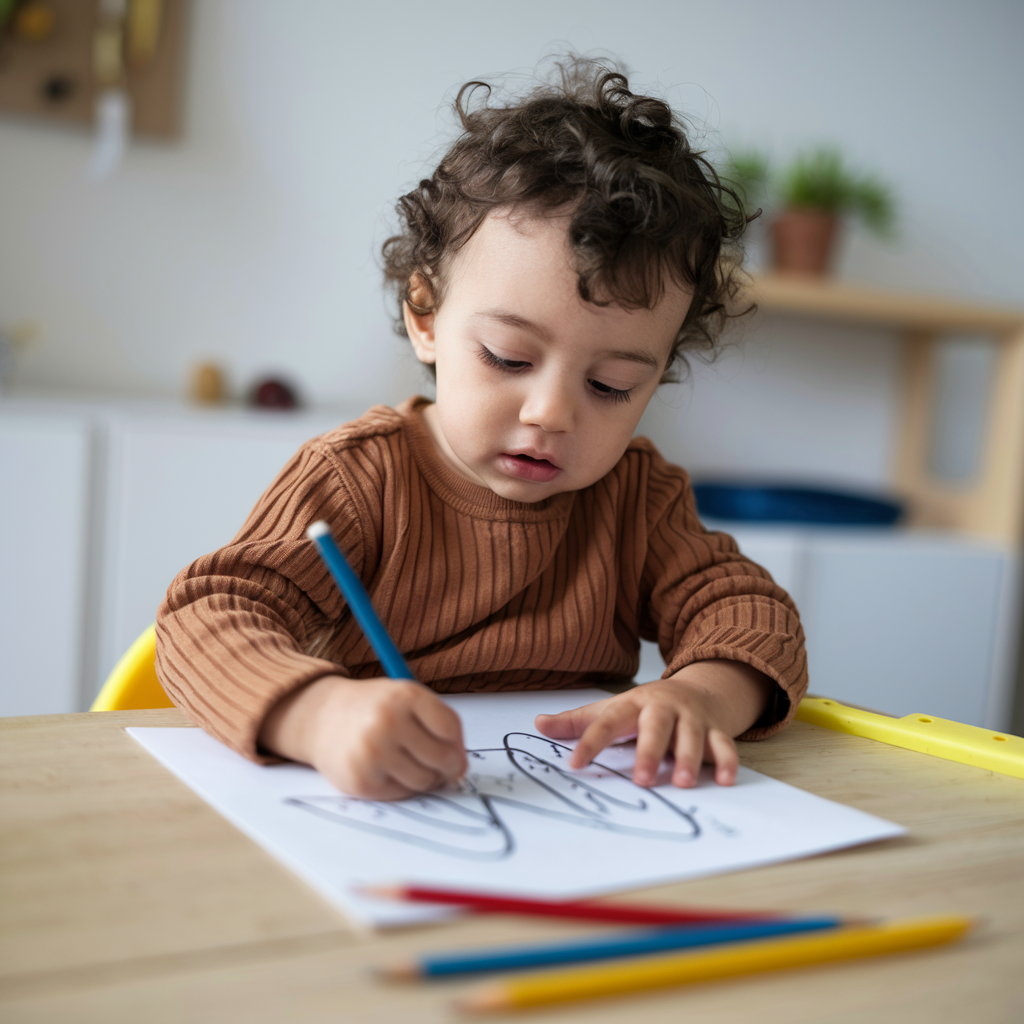
Talk With Them, Not Just To Them
I used to give my toddler quick “yes” or “no” answers just to move the day along. But one afternoon, he asked why birds fly south—and I paused, sat with him, and we had the best 5-minute chat. Kids need meaningful conversation, not just instructions.
Talking with them helps them feel respected and valued. When we slow down and answer their curious questions—even the ridiculous ones—we’re feeding their emotional need for connection.
We even talk through bedtime routines now, which helps us avoid midnight toddler escapes and gives him a sense of control and calm.
Hear Them Without Fixing Everything
When my child is upset, I’ve had to learn not to jump in with solutions or lectures. Sometimes they just need to talk it out—and know we’re really listening.
Active listening means putting down your phone, kneeling to their level, and making eye contact. It shows them their voice matters. When we validate their feelings—”That sounds frustrating”—we help them learn how to name and manage emotions.
Honestly, this simple act of listening is one of the most powerful ways to meet the emotional needs of children. And if you’re working on bonding deeper, check out our post on ways to reconnect with your spouse and your kids. It starts with listening.

Show Them How to Act—Don’t Just Tell
Kids learn by watching us. If I yell when I’m stressed, my kids learn to raise their voices. But if I stay calm and breathe through tough moments, they learn emotional regulation.
That’s why I try hard (not perfectly!) to model the behavior I want to see. We can tell them to use kind words, but it sinks in deeper when they hear us speak gently—even when we’re correcting them.
Even something simple, like tidying the playroom together instead of barking orders, shows teamwork and patience. Want help with that? Use tools like this ADHD-friendly planner to keep routines flowing.
Accept Them for Who They Are
This one hit me hardest. I used to compare my daughter’s drawings to her cousin’s, until she quietly said, “I like mine.” That’s when I realized how often we unintentionally make our kids feel “less than.”
Every child is unique. One might be outgoing, while the other is shy and observant. They all need to feel accepted for who they are—not who we wish they were.
Praising their efforts rather than just achievements is key here. I always say “I love how hard you worked on this” instead of “You’re so smart.” And when I worry about milestones, like their artwork, I check helpful guides like our post on 3-year-old drawing milestones.
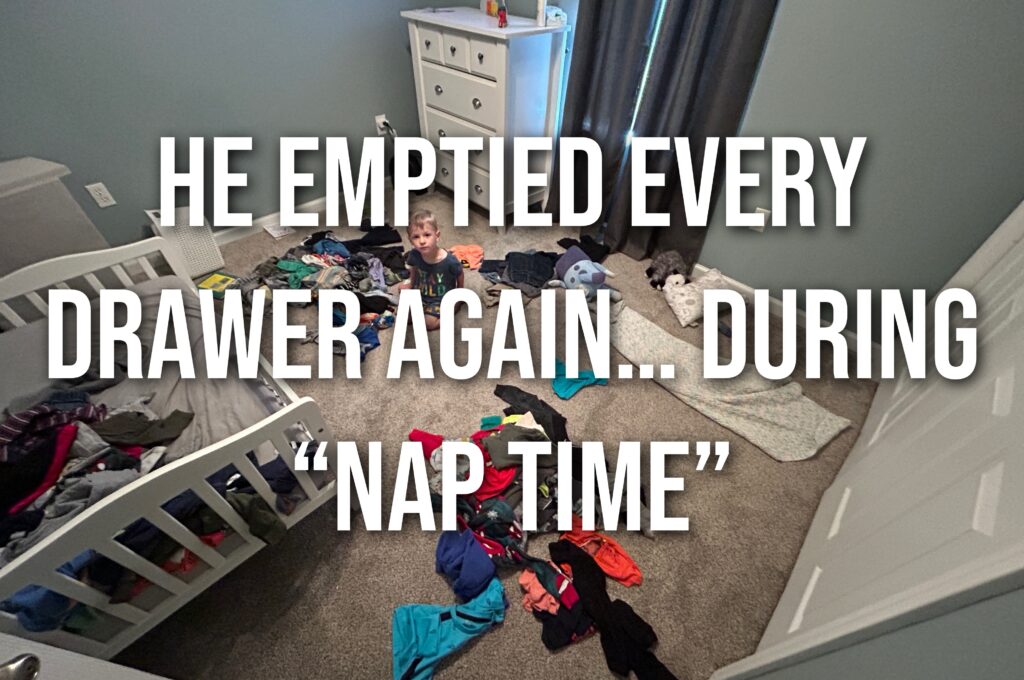
Let Them Play—and Really Play
Play is the work of childhood. That’s not just a feel-good saying—there’s science behind it. According to the American Academy of Pediatrics, play improves brain development, emotional resilience, and even academic skills.
For us, some of the biggest emotional growth has come outside: racing toy trucks down a driveway or digging for worms in the yard. That kind of free, imaginative play gives kids confidence and joy—and it gives parents a break too!
I try to limit screen time and prioritize playtime that’s physical and social. If you’re short on ideas, check out these creative indoor activities for toddlers or turn an afternoon into a magical trampoline movie night.
Trust Them to Make (Some) Mistakes
It’s tough to watch your little one fall—whether it’s literal or figurative. But we’ve got to let them. The emotional need here is growth through experience.
I learned this after correcting my son five times on how to pour his own cereal. When I finally stepped back, he spilled a little, but then proudly said, “I did it!” Letting them struggle (safely) builds confidence and teaches problem-solving.
Of course, we guide them, but when we let them try, fail, and try again, we’re building future adults who can bounce back from anything. Even small wins—like putting away clothes using this kids’ chore checklist—can boost their independence.
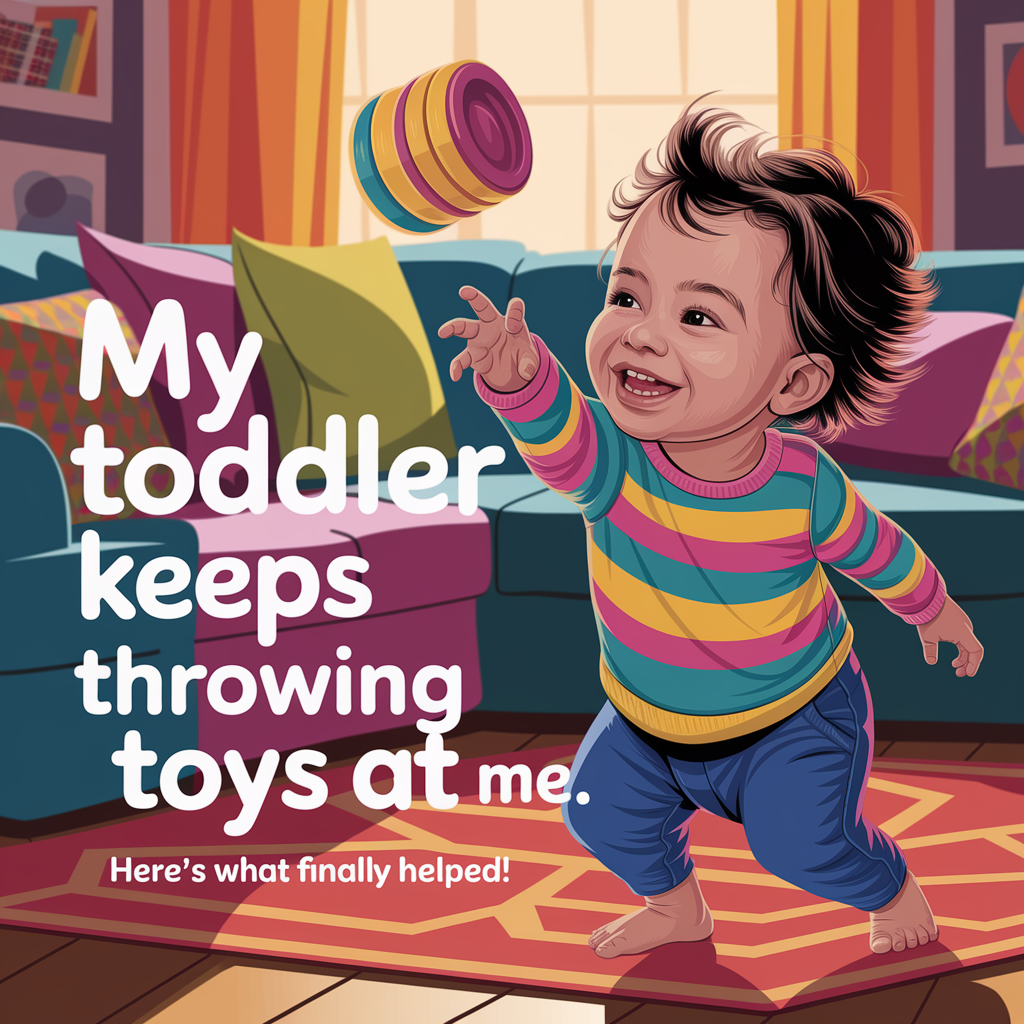
Feed Their Bodies and Their Hearts
Nutrition supports mood, behavior, and brain development. That’s why I pay attention not only to what my kids eat, but how we share meals. Family dinners aren’t always peaceful—but they’re always a time to connect.
We focus on protein and healthy snacks, but we also talk, laugh, and check in emotionally. This builds trust and shows them they matter. And yes, we battle picky eating, but patience and repeated exposure work wonders.
For fun food ideas that still support growth, try our homemade ocean popsicles—they’re simple, colorful, and full of sensory joy.
Encourage Them Every Day
This might be the most important emotional need of all. Our words become their inner voice.
Every “I’m proud of you” or “You worked so hard” gets stored inside them. Encouragement teaches them they’re capable, worthy, and loved—not just when they succeed, but especially when they’re struggling.
I keep a little whiteboard on our fridge where I write notes like “You were so patient today!” or “I love how you helped your sister.” Little things, big impact.
At the end of the day, when I’m worn out and questioning myself, I remember—just meeting the emotional needs of a child through love, listening, and support can shape them in ways that last a lifetime. And isn’t that what parenting’s all about?

As an Amazon Associate we earn from qualifying purchases through some links in our articles.



